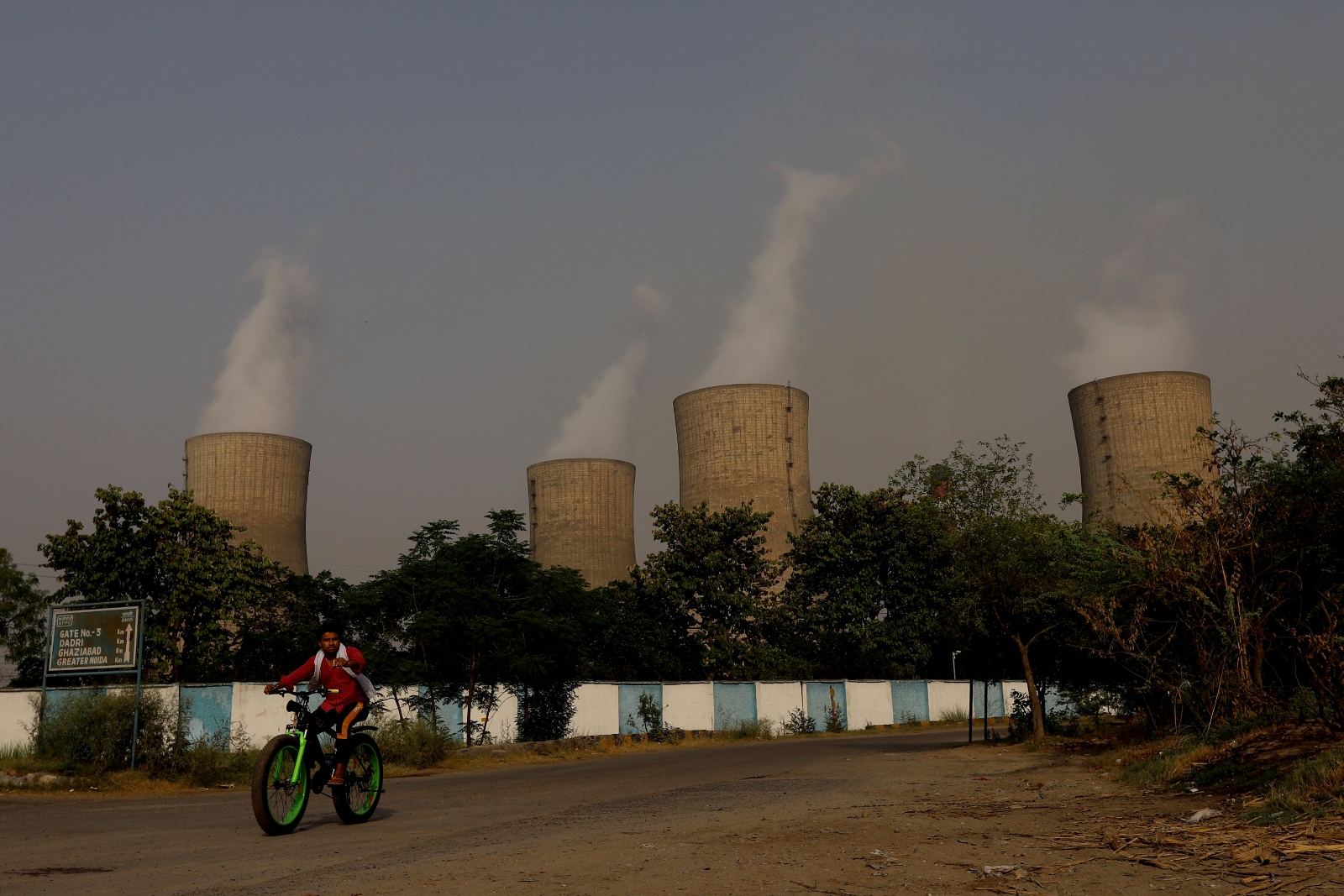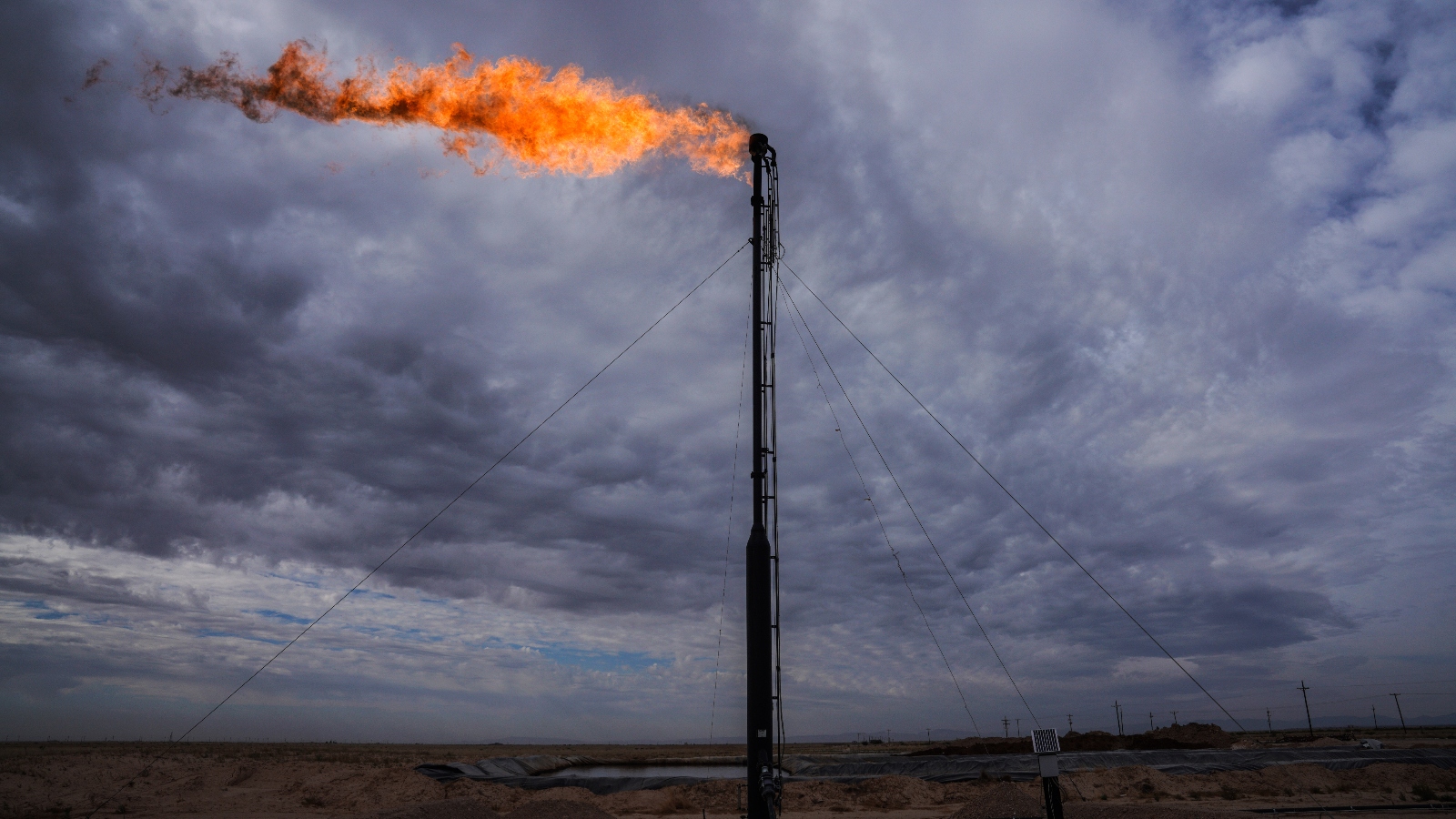The world’s biggest producers of fossil fuels aren’t letting go of dirty energy just yet. In fact, most of them plan to keep producing coal, oil, and natural gas for decades to come, despite signs that demand for dirty energy will peak this decade.
That’s the conclusion of a major United Nations report that analyzes the production plans of 20 major fossil fuel-producing countries ahead of the COP28 climate conference in Abu Dhabi. The report finds that these countries plan to extract more than twice the amount of coal, oil, and gas by 2030 than what is needed to limit warming to less than 1.5 degrees Celsius, and around 70 percent more than would limit warming to 2 degrees C. These are the two key warming targets laid out in the Paris Agreement, beyond which climate impacts will hit catastrophic levels.
António Guterres, the secretary general of the United Nations, described the report’s findings as “a startling indictment of runaway climate carelessness.”
The report, which shows almost no movement away from oil and gas, is likely to strengthen calls for an agreement to “phase out” fossil fuels at COP28. Major fossil fuel-producing countries have rejected such language before, but negotiators from the European Union have said they plan to make another push for stronger language this year at Abu Dhabi.
“Despite governments around the world signing up to ambitious net-zero targets, global coal, oil, and gas production are all still increasing, while planned reductions are nowhere near enough to avoid the worst effects of climate change,” Angela Picciariello, a researcher at the International Institute for Sustainable Development, a leading climate research organization, said in a statement. “This widening gulf between governments’ rhetoric and their actions is not only undermining their authority but increasing the risk to us all.”
Almost all the countries profiled in the report have announced plans to slash or even zero out carbon emissions by the middle of the century, and several have spent billions of dollars to encourage a domestic energy transition to renewables, but almost all of them are still planning to maintain or even increase extraction activities on their own turf over the same period. If they follow through on those plans the world will cross the 1.5 degrees C warming threshold laid out in the Paris Agreement. The authors of the report refer to this discrepancy as the “production gap.”
There are two main trends behind the gap. First, the report projects that the United States, the United Arab Emirates, Saudi Arabia, and Russia will all continue to produce around the same amount of oil in 2050 as they do today, and developing countries such as Guyana and the Democratic Republic of the Congo will likely start producing more oil at the same time, leading to a rise in the production of both fuels over the next few decades. These projections are based on estimates of future production from each country’s national government.
The second trend is that a smaller number of countries are still planning to produce massive amounts of coal, the most carbon-intensive fossil fuel and one that has been on the wane in the United States and Europe. Large emitters like China, India, and Indonesia, all of which are using coal to meet rapidly rising energy demand, have said they intend to give up the fuel slowly rather than all at once. This is in stark contrast to the “near total phaseout of global coal production and use by 2040” that the report says is necessary.

Both these trends have dire implications for the climate. In order to keep global temperatures from rising more than 1.5 degrees over pre-industrial levels, the world has to adhere to what experts call a “carbon budget,” limiting the amount of coal, oil, and gas that we burn over the coming decades. If the 20 countries profiled in the report end up producing all the fossil fuels they say they will, the world will blow through that budget.
The gap may be even bigger than it seems at first. Most models for how the world can limit warming to 1.5 degrees C rely on big assumptions about carbon capture and sequestration technology to help ease the transition away from fossil fuels. In theory, direct-air capture machines and carbon sinks such as forests and peatlands can suck greenhouse gasses out of the air, which allows for a little wiggle room as countries try to give up gas-fired power plants and gasoline vehicles. But many of these carbon capture technologies are untested, and the report cautions against relying on them.
The potential failure of these measures to become sufficiently viable at scale, the non-climatic near-term harms of fossil fuels, and other lines of evidence, call for an even more rapid global phaseout of all fossil fuels,” the authors write.
The most concerning part of the report is that it’s not even clear who would buy all these fossil fuels. According to the International Energy Agency, global demand for oil and gas is likely to plateau or decline before the end of the decade, and solar energy is already cheaper than coal and even natural gas in many places. Yet big producers’ plans for fossil fuel extraction have not changed to accommodate the growing speed of the energy transition.
“Despite these encouraging signs, the overall size of the production gap … has not discernibly changed,” the authors write.




